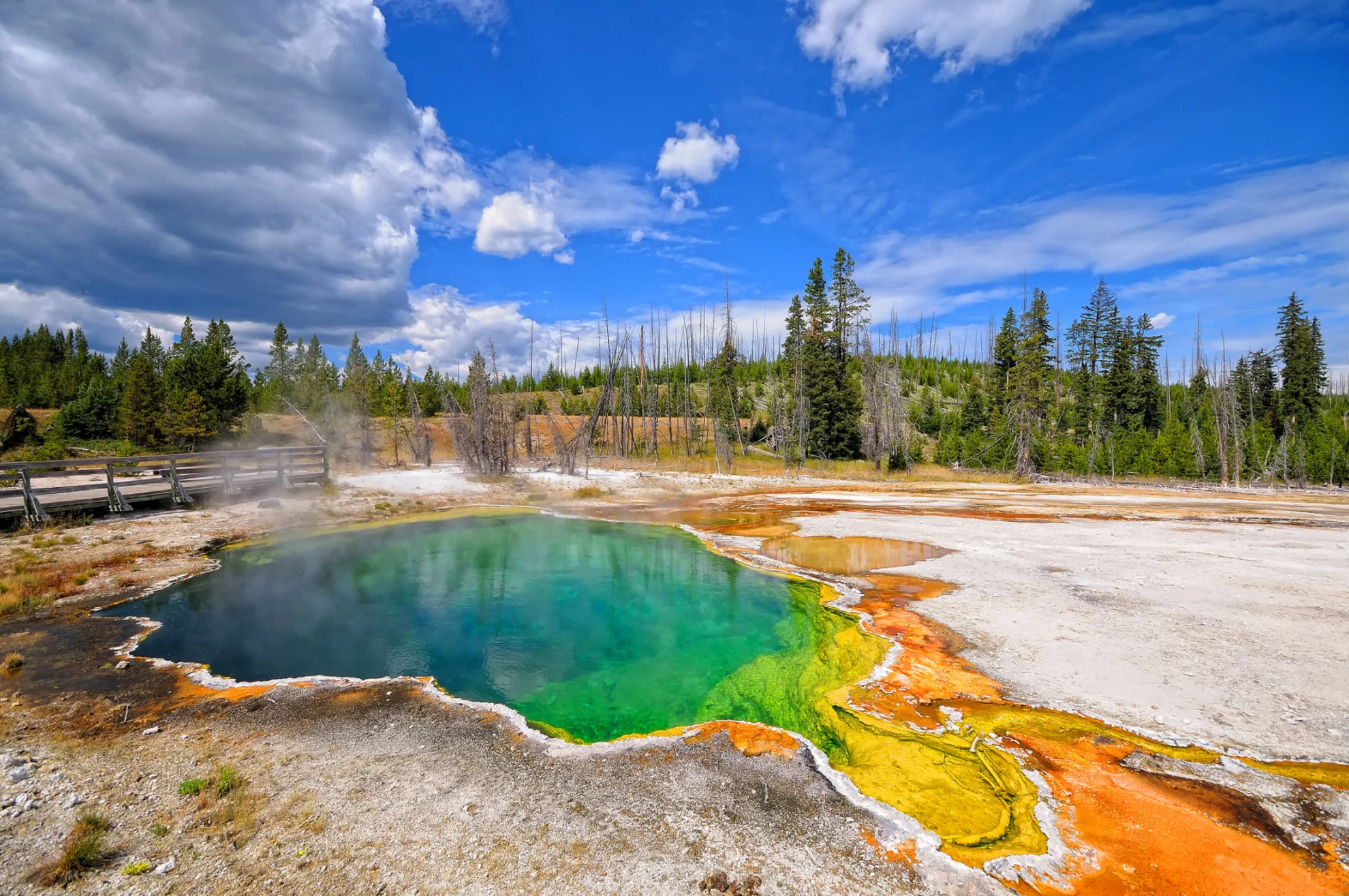
Each Yellowstone guest's carbon footprint equal to the weight of a grand piano
“These topics both have major economic and environmental repercussions. Managers and decision-makers need a complete perspective on how tourism to parks contributes to a vulnerable global climate system.”
Yellowstone National Park in the western U.S. is a world-renowned tourist attraction, hosting nearly 5 million visitors in 2021. But all that human activity comes with a price, according to a new study appearing in the journal PLOS Climate.
Yellowstone is a carbon hotspot, with every tourist adding to the park’s carbon load.
A team of researchers led by Emily Wilkins and Jordan Smith from Quinney College of Natural Resources and the Institute of Outdoor Recreation and Tourism used existing data to estimate that recreational visits to the park produce over one megaton of carbon emissions annually, with each visitor generating about 479 kilograms, which is roughly the weight of a grand piano.
Carbon culprit: Getting there and back
The researchers say most of the carbon occurs before visitors enter Yellowstone.
Driving and flying to the park is responsible for about 90 per cent of the emissions.
About 5 per cent comes from people moving around inside park boundaries, and 4 per cent comes from overnight accommodations.
Meanwhile, park buildings and facilities, such as shops, restaurants, and museums, contribute only 1 percent to the park’s annual carbon load.
Flying vs. driving
While visitors who fly to the park only make up a third of total guests, they account for 72 per cent of the emissions associated with getting to Yellowstone.
“As the tourism industry explores strategies to reduce their carbon impact, this could be low-hanging fruit,” Wilkins says in a statement.
“Future campaigns to encourage a greater proportion of visitors from nearby locations rather than Europe or Asia, or encouraging driving over flying, have potential for big impacts on reducing these emission numbers.”
A home advantage
But despite the carbon influx, Yellowstone’s natural systems help mitigate some of the pollution, soaking up 1.5 megatons of carbon annually.
The researchers say the study isn’t just about Yellowstone—it serves as a template for understanding the carbon impact of tourism everywhere. Globally, tourism pumps out 8 per cent of the planet’s carbon emissions, which is expected to rise.
While Yellowstone has the advantage of operating as a carbon sink, the same can’t be said for smaller parks that get a lot of visitors, Smith says.
There’s also more to the story. The environmental impact of carbon extends beyond carbon emissions.
“We need to look at the bigger picture,” says Wilkins.
“These topics both have major economic and environmental repercussions. Managers and decision-makers need a complete perspective on how tourism to parks contributes to a vulnerable global climate system.”
Header image: File photo/Getty Images.







